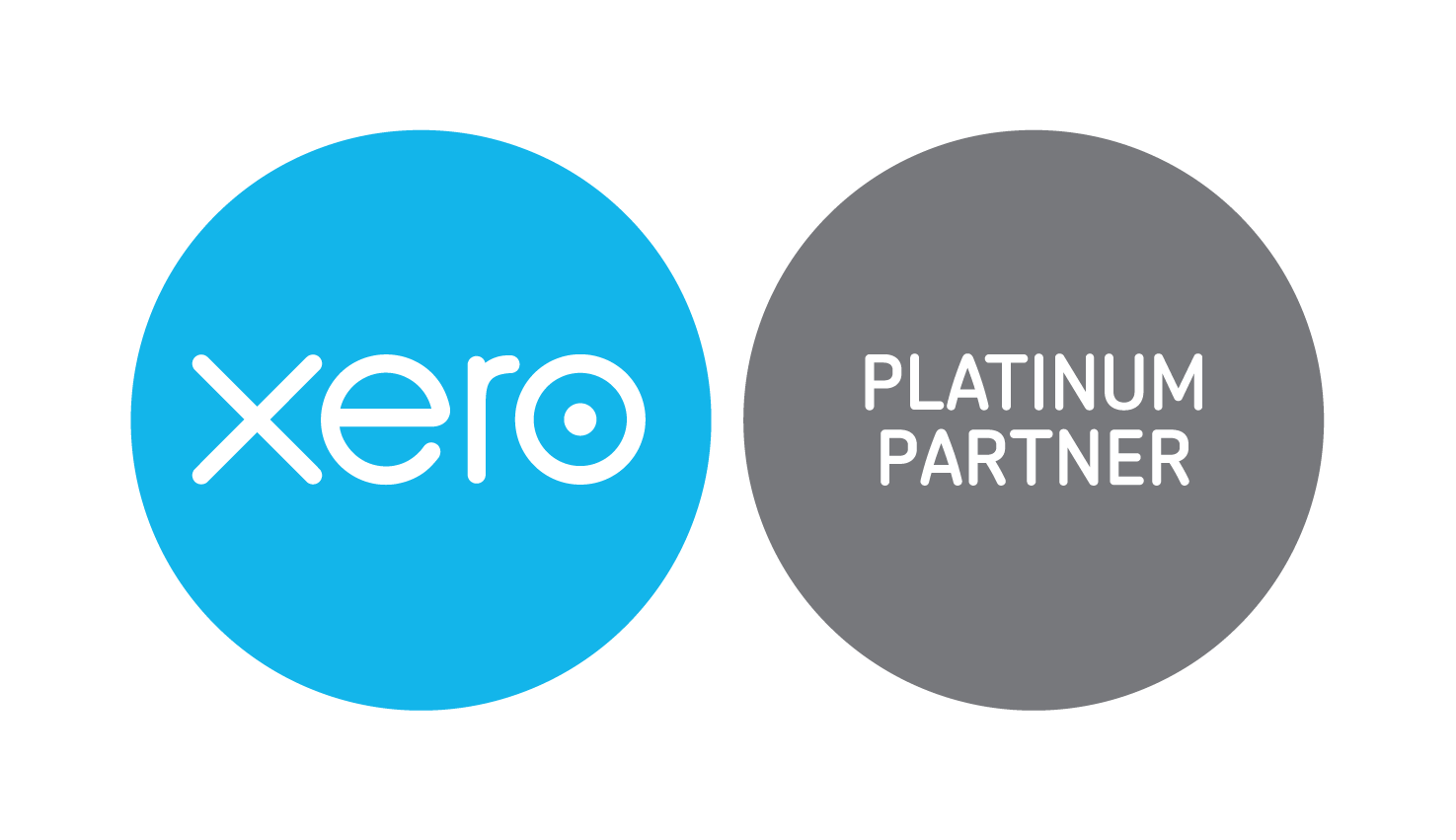If you’ve been paying attention over the last decade, you know how much data we all constantly generate. The most successful companies use that data to drive their growth and to influence our habits and purchasing decisions.
As a business owner, you know that even in the early phases your business is also generating mountains of data. You probably also know how important both non-financial and financial data can be for making informed decisions and driving growth.
Data tells the story of what’s happening in your company. The past year’s revenue growth, click-through rates on your latest ad campaign, and your business’s profitability per channel are all important bits of information.
But that data can do more than simply reflect the past. Did you know that by taking a data-driven approach to business decisions, you can use that very same data to drive business growth?
Here’s how.
Budgeting and target setting
A big factor in business success is target setting, or simply defining where you want to go and how you’re going to get there.
How much do you want to grow revenue in the next 6, 12, and 24 months? What does your customer base look like in each of those periods?
Planning ahead gives you much more control over what happens in the business. Use data to decide in advance which activities you’re going to put your limited resources toward and which you’ll limit for the moment.
Budgeting is defining in advance what the business is spending and why, the other side of planning.
Aside from the occasional Unicorn with unlimited VC money, most businesses operate with limited resources. Rapid revenue growth can also lead to a rapid ramp-up of expenses. Creating a detailed budget gives you more control over those growing expenses and can improve cash flow.
Word to the wise: when creating your budget, don’t throw everything in the miscellaneous pile. This makes real transparency in your expenses difficult.
Furthermore, when building a budget it’s not necessary to start from zero each year. It can be helpful to use the previous year as a basis and build from there, as long as you’re not simply copying it.
Use historical data to look at your spending, and plan to shift resources to the activities that brought the best returns.
Rolling forecasts
An often underutilized business tool, a solid forecast is one of the best things you can do to steer your business. Good forecasting requires you and your financial team to dig deep. But it requires more than simply projecting forward your current trends.
Non-financial metrics can be just as important as financial data. How full is your sales pipeline? Are you converting an adequate number of prospects? Which customers drive the biggest profits?
Combining this internal data with industry and economic trends can help you see what’s in store for your company.
But that’s only part of the process.
How does your forecast stack up against your targets and budget? Are you meeting your goals?
The greatest benefit of a data-driven forecast is the ability to look at the future and determine which actions you need to take in order to accomplish your mission.
Scenario planning
Unfortunately, a lot of business lies outside of our control. Consumer preferences and the overall economic environment can make it impossible to achieve what we set out to do. It’s critical to run through different scenarios and do some contingency planning.
- What happens if one of your marketing campaigns goes viral and you’re swamped with orders? Do you have structures in place to handle a 25% increase in demand?
- On the other hand, what happens if there’s a downturn? Can you flex expenses enough to stave off insolvency? What measures do you need to take if revenue drops by 25%?
Playing through these scenarios can help you react better to the unexpected.
Cash flow
A monthly cash flow report is a trailing indicator, showing how things have gone over the past month. But if you’re not digging into the details, you’re leaving information on the table, and missing out on potentially valuable insights.
Examining your cash flow in detail can show what’s working, what’s not, and where you should be reinvesting your cash.
Cash reporting can also show where your business is leaking cash, and an expert accounting partner can help you plug those cash flow holes. Anything you can do to reduce unnecessary spending or to get paid faster brings the business closer to cash flow positive.
Businesses with a good handle on their cash flow are also more attractive to outside investors. They look for businesses with solid fundamentals and founders who are in control of the business.
At the end of the day, the business needs to generate a return on investment either for you as the founder, or for an outside investor.
Data-driven business growth
Each of us generates a mountain of data each day in our personal lives. Our businesses generate data too. But many founders aren’t using those data to their full potential.
Setting up a budget and monthly cash flow reporting are great places to start.
Leveraging any advantage that we have is a critical part of business success. Data can give us an edge if we know how to use it to drive great decisions and allocate our resources.
The team at creditte can help you leverage your business’s data to give you an advantage. Talk to us today about how we can help you build a better business.





